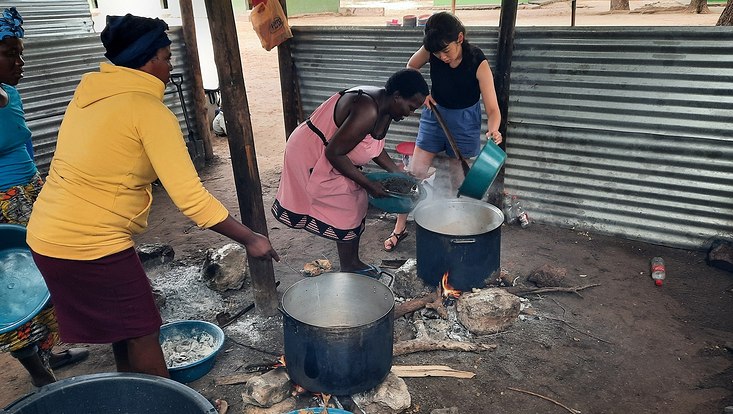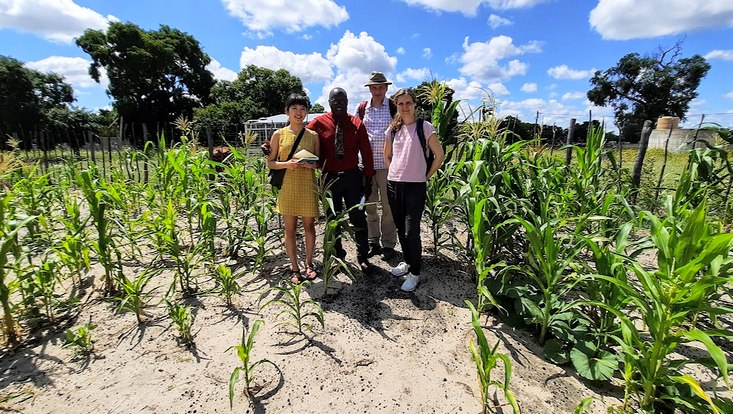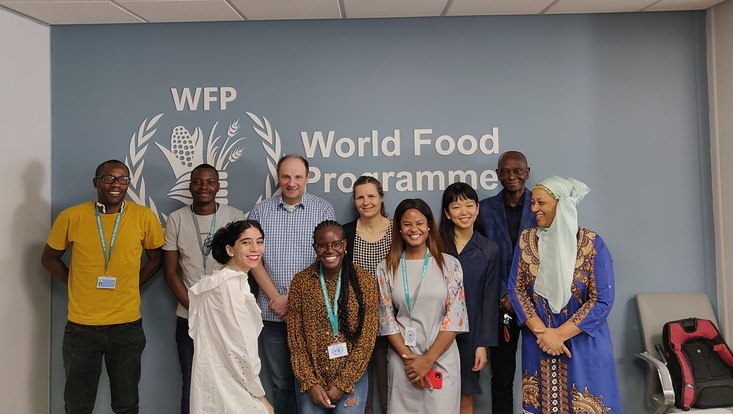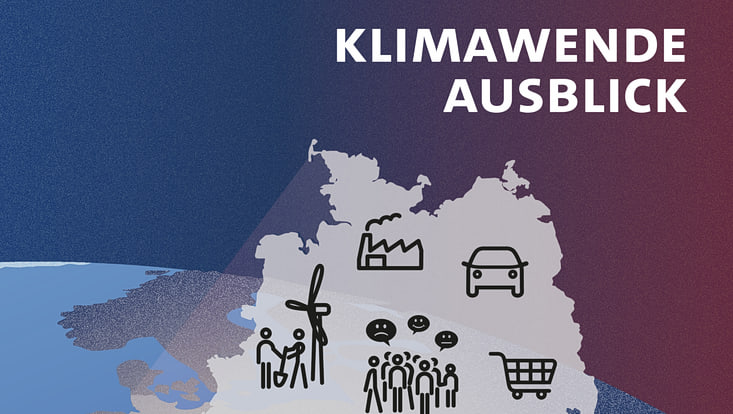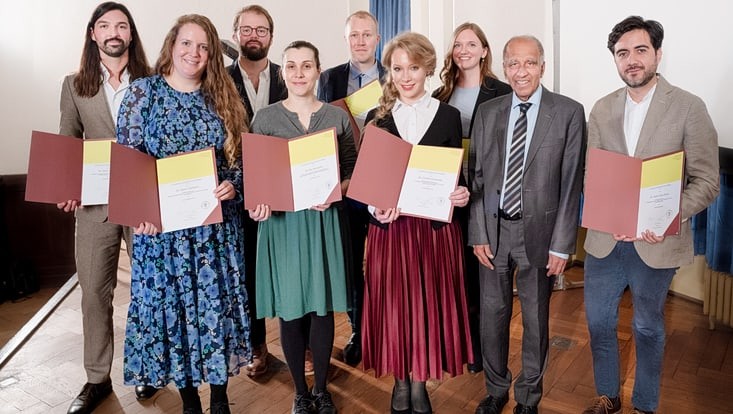and Society (CLICCS)
Better Food for Schoolchildren – Bigger Harvests for Smallholders
7 June 2023, by Jihye Jeong

Photo: UHH/CEN/K. Jantke
Sandy soils and increasing aridity are worsening the plight of smallholders in Namibia. Since 2021, a nutritional program for schoolchildren has supplemented local farming. The resulting produce is to be systematically used to offer balanced meals at schools. Jihye Jeong from the Cluster of Excellence CLICCS recently traveled to Namibia together with a team to prepare a cost-benefit analysis.
Namibia’s agricultural sector is facing a number of critical challenges that jeopardize food security. In addition to difficult natural conditions like the dry climate and sandy soils, 70 percent of the country’s rural population are smallholders. They are chiefly subsistence farmers, i.e., they generally consume most of their harvests themselves, leaving very little to sell.
The combination of climatic conditions and poverty is keeping Namibia’s agricultural production from tapping its full potential. Moreover, climate projections for Namibia indicate that the temperature will rise twice as much there as the global mean: A two-degree rise in the global mean temperature will translate into a four-degree rise in Namibia. Making matters worse, precipitation is expected to decrease further in the already dry region.
In order to combat hunger and improve living conditions for smallholders, in 2021 the pilot phase of the Namibia Home Grown School Feeding Program (HGSFP) began. The program offers schoolchildren nutritionally balanced meals made with produce from local smallholders. The children had previously received maize meal enriched with vitamins and minerals and provided by the Namibia School Feeding Program (NSFP). The new program is intended to improve schoolchildren’s diets, and to have a positive effect on their successful education in the long run. At the same time, thanks to its pledge to exclusively use local agricultural produce at school kitchens, the program offers local farmers an additional source of income and an incentive to increase their harvests.
Currently, 29 schools in seven regions are participating. The World Food Program Namibia and the Namibian government plan to expand the program nationwide. But first, it has to be systematically evaluated.
And that’s where we come in. Using mathematical models, we’re simulating the program’s nationwide implementation and conducting a cost-benefit analysis. How effective would the program be in different climatic and socioeconomic scenarios? With the aid of a specially adapted computational model, we’re determining whether and if so, how subsistence farming could, drawing on improved agricultural techniques, meet schoolchildren’s nutritional requirements. Furthermore, we plan to assess the influences on children’s successful education and the effects on smallholders’ livelihoods.
For this purpose, this March we met with local actors in Namibia to forge new contacts and establish trust. We met with representatives of the Ministry of Education, Arts and Culture and the World Food Program Namibia. We also visited three conventional schools and four that had adopted the new program, as well as smallholders, to gauge their current practices and the accompanying challenges. During these visits, we had enlightening talks with the school administrators and had the chance to help prepare meals together with some of the children’s parents.
More Information
Jihye Jeong is currently pursuing her Ph.D. with a focus on food security issues in Namibia and receives support from the Federal Ministry of Education and Research-financed SASSCAL II project SUSTAIN. She is a member of the Cluster of Excellence CLICCS and part of the Sustainable Land-Use Scenarios project.

